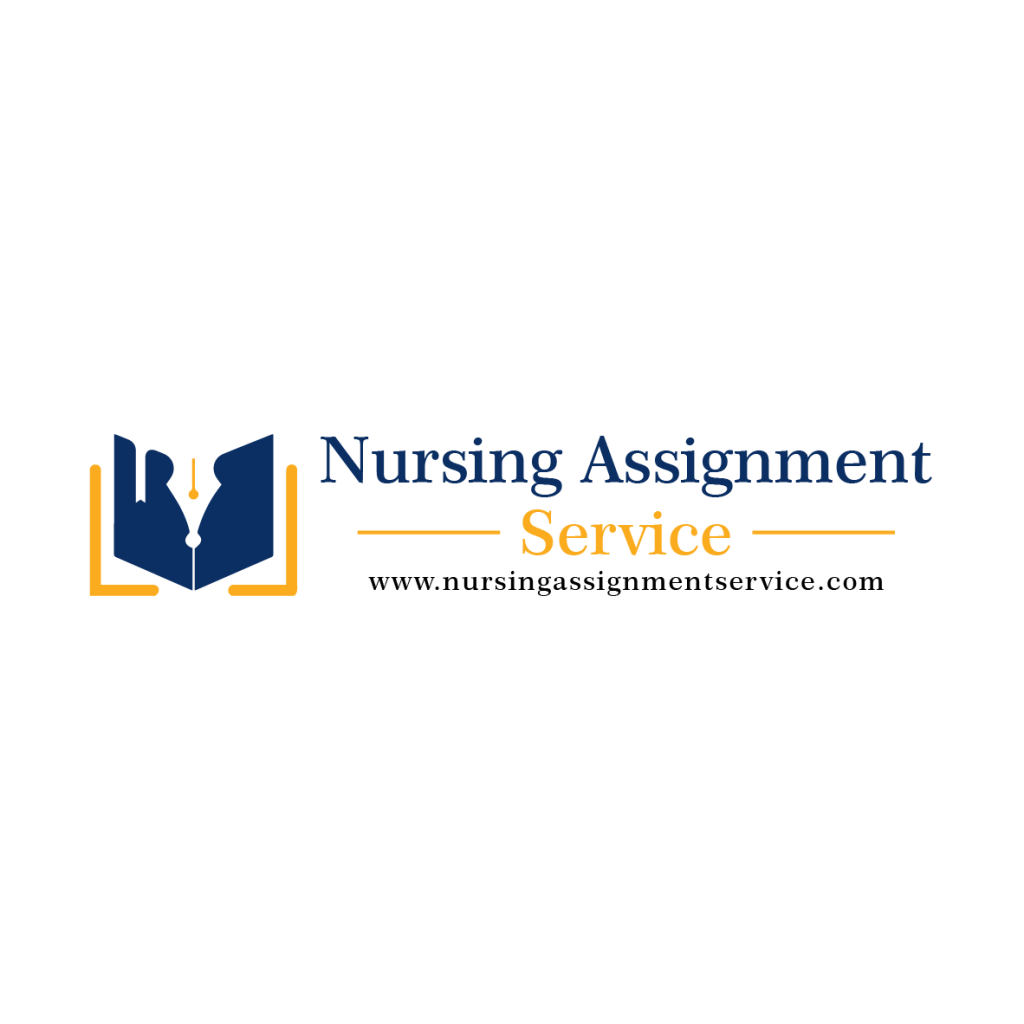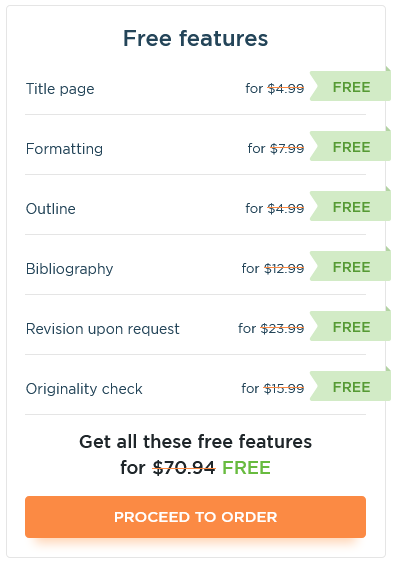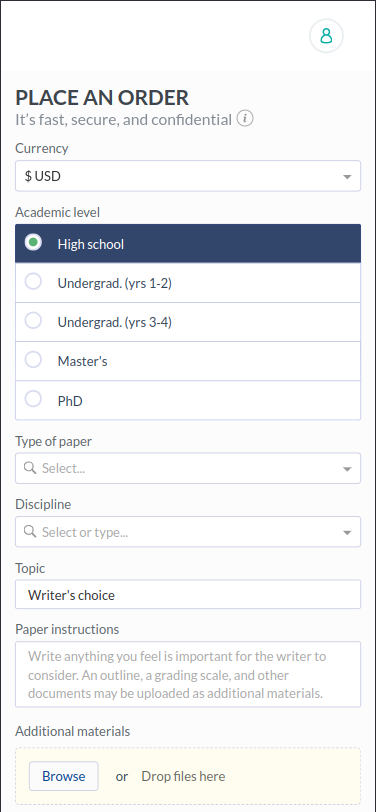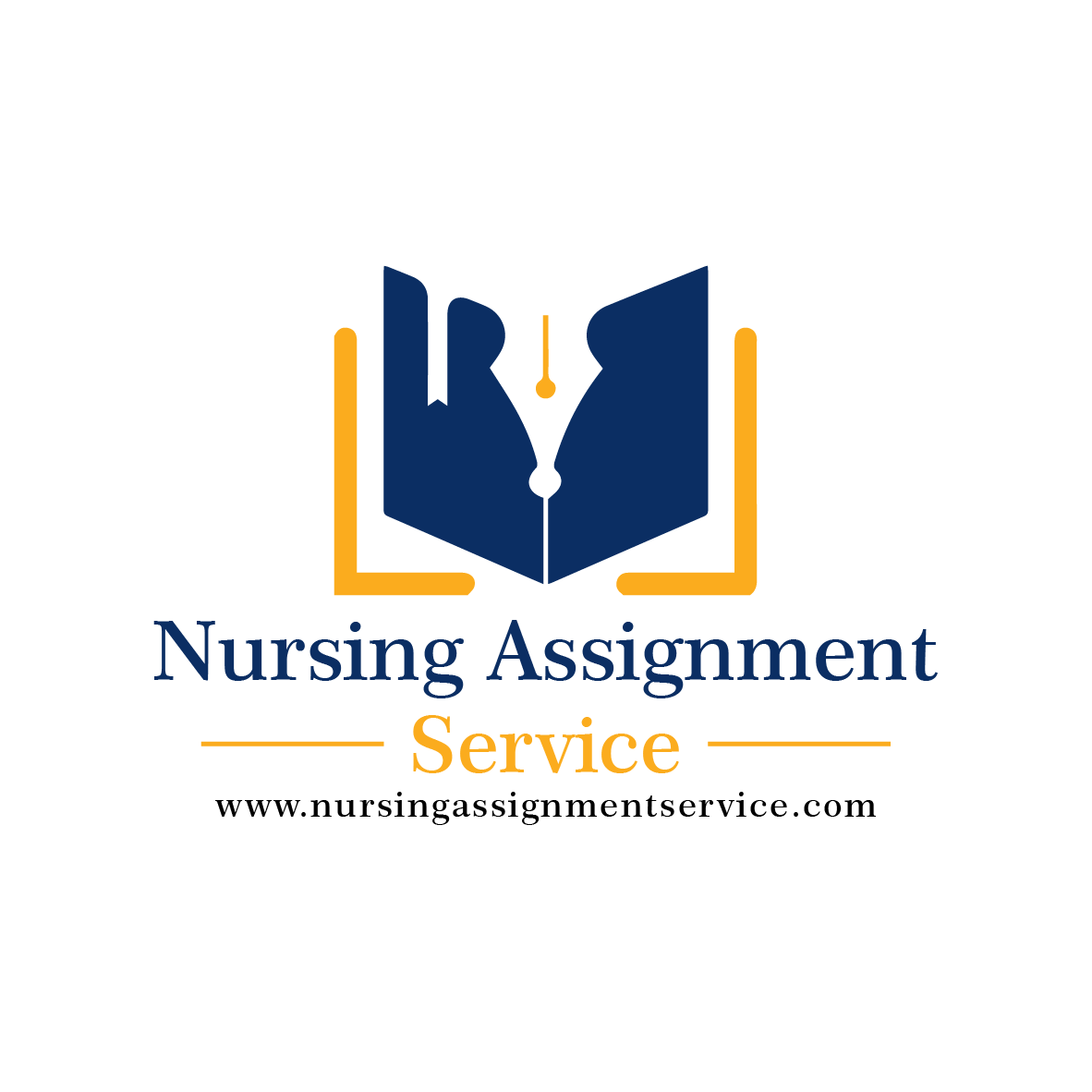Week 6: Culture and Caring Theories
The purpose of the graded collaborative discussions is to engage faculty and students in an interactive dialogue to assist the student in organizing, integrating, applying, and critically appraising knowledge regarding advanced nursing practice. Scholarly information obtained from credible sources as well as professional communication are required.
Application of information to professional experiences promotes the analysis and use of principles, knowledge, and information learned and related to real-life professional situations. Meaningful dialogue among faculty and students fosters the development of a learning community as ideas, perspectives, and knowledge are shared.
NR 501 Week 6 Discussion Activity Learning Outcomes
Through this discussion, the student will demonstrate the ability to:
- Demonstrate logical and creative thinking in the analysis and application of a theory to nursing practice. (PO 2 and 5) Weeks 2, 6
- Examine broad theoretical concepts as foundational to advanced nursing practice roles. (PO 1 and 2) Weeks 1, 2, 4
- Analyze theories from nursing and relevant fields with respect to the components, relationship among the components, and application to advanced nursing practice. (PO 1) Weeks 4, 6
Due Date: Sunday, 11:59pm MT
A 10% late penalty will be imposed for discussions posted after the deadline on Wednesday, regardless of the number of days late. NOTHING will be accepted after 11:59pm MT on Sunday (i.e. student will receive an automatic 0). Week 8 discussion closes on Saturday at 11:59pm MT.
Total Points Possible: 75
Requirements:
Discussion Criteria
- Application of Course Knowledge: The student post contributes unique perspectives or insights gleaned from personal experience or examples from the healthcare field. The student must accurately and fully discuss the topic for the week in addition to providing personal or professional examples. The student must completely answer the entire initial question.
- Engagement in Meaningful Dialogue: The student responds to a student peer and course faculty to further dialogue.
- Peer Response: The student responds substantively to at least one topic-related post by a student peer. A substantive post adds content or insights or asks a question that will add to the learning experience and/or generate discussion.
- A post of “I agree” with a repeat of the other student’s post does not count as a substantive post. A collection of shallow posts does not equal a substantive post.
- The peer response must occur on a separate day from the initial posting.
- The peer response must occur before Sunday, 11:59 p.m. MT.
- Faculty Response: The student responds substantively to at least one question by course faculty. The faculty question may be directed to the student, to another student, or to the entire class.
- A post of “I agree” with a repeat of the faculty’s post does not count as a substantive post. A collection of shallow posts does not equal a substantive post.
- The faculty response must occur on a separate day from the initial posting.
- Peer Response: The student responds substantively to at least one topic-related post by a student peer. A substantive post adds content or insights or asks a question that will add to the learning experience and/or generate discussion.
- Integration of Evidence: The student post provides support from a minimum of one scholarly in-text citation with a matching reference and assigned readings or online lessons, per discussion topic per week.
- What is a scholarly resource? A scholarly resource is one that comes from a professional, peer-reviewed publication (e.g., journals and government reports such as those from the FDA or CDC).
- Contains references for sources cited
- Written by a professional or scholar in the field and indicates credentials of the author(s)
- Is no more than 5 years old for clinical or research articles
- What is not considered a scholarly resource?
- Newspaper articles and layperson literature (e.g., Readers Digest, Healthy Life Magazine, Food, and Fitness)
- Information from Wikipedia or any wiki
- Textbooks
- Website homepages
- The weekly lesson
- Articles in healthcare and nursing-oriented trade magazines, such as Nursing Made Incredibly Easy and RNMagazine (Source: What is a scholarly article.docx; Created 06/09 CK/CL Revised: 02/17/11, 09/02/11 nlh/clm)
- Can the lesson for the week be used as a scholarly source?
- Information from the weekly lesson can be cited in a posting; however, it is not to be the sole source used in the post.
- Are resources provided from CU acceptable sources (e.g., the readings for the week)?
- Not as a sole source within the post. The textbook and/or assigned (required) articles for the week can be used, but another outside source must be cited for full credit. Textbooks are not considered scholarly sources for the purpose of discussions.
- Are websites acceptable as scholarly resources for discussions?
- Yes, if they are documents or data cited from credible websites. Credible websites usually end in .gov or .edu; however, some .org sites that belong to professional associations (e.g., American Heart Association, National League for Nursing, American Diabetes Association) are also considered credible websites. Websites ending with .com are not to be used as scholarly resources.
- What is a scholarly resource? A scholarly resource is one that comes from a professional, peer-reviewed publication (e.g., journals and government reports such as those from the FDA or CDC).
- Professionalism in Communication: The post presents information in logical, meaningful, and understandable sequence, and is clearly relevant to the discussion topic. Grammar, spelling, and/or punctuation are accurate.
- Wednesday Participation Requirement: The student provides a substantive response to the graded discussion question(s) or topic(s), posted by the course faculty (not a response to a peer), by Wednesday, 11:59 p.m. MT of each week.
- Total Participation Requirement: The student provides at least three substantive posts (one to the initial question or topic, one to a student peer, and one to a faculty question) on two different days during the week.
Sample Discussion Post
Kristen Swanson’s theory of caring relates to my practice an NP because application of the 5 caring processes is important in establishing trust in patients to ensure positive outcomes are achieved with the patient’s plan of care. The 5 caring processes are as follows: maintaining belief, which provides nurses with commitment to serve not only the patient but also the community, knowing, which avoids assumptions and is important for understanding others’ lives, being with, which allows the patient/family to know you are present and available emotionally, doing for, which includes providing comfort, wholeness, dignity, listening, and teaching, enabling, which implies simply to being present and assisting with positive behaviors (Butts & Rich, 2018). It is important to establish and build trust with patients and families in order to utilize and apply the 5 processes; trust is the first step.
These processes can be applied to and integrated to the nursing paradigm by showing the relationships of the processes in a variety of healthcare settings. From an educational standpoint, Jarvis (2019) applied the theory to nursing education in which the shows the relationship between students and the faculty facilitator to show the exhibition of caring behavior toward nursing students, which was a positive outcome. An article by Ray & Stargardt (2020) applied Swanson theory of caring on an administration level to assist nursing leaders to interpret Hospital Consumer Assessment of Healthcare Providers and Systems, or HCAHPS in terms of the theory. HCAHPS survey items were how a patient would rate the facility and would they recommend to family/friends and reflected answers were based on their experience and the care they received. A research article written by Alvarez, et al (2020) discusses the use of the theory in patients with hypertension by interviewing patients and applying the interview responses to each of the 5 processes and the process, maintaining belief occurs through religious practice and traditional medicine with home remedies, which is important to the patient and also the nurse in developing trust and establishing a plan of care, in which education is also important, as evidenced by the knowing process; in this research article it was proven that knowledge of hypertension is very little.
For my NP beliefs, I can identify with the 5 processes of Swanson’s theory of caring because they can be implemented in everyday nursing care as well as ongoing research that can be performed by applying the culture aspect. As stated above, building and maintaining trust is important and if that can be done, achieving the 5 processes will be had. The processes will not be met with one meeting of the patient, a one and done; it will take a few to several follow up conversations and building on those conversations to receive the expected outcomes. I agree with Swanson’s statement about clinicians’ involvement in the processes to make the patient feel whole. Goals are met when the patient feels whole, and I believe healing ends here and maintaining is the next step.
The National Standards for Culturally and Linguistically Appropriate Services, better known as CLAS, has a standard included within to provide services in which are compatible with a patient’s cultural beliefs and practices as well as the preferred language (de Peralta et al., 2029). Looking around at the community I serve in currently, and more than likely will continue to do so, it is a Caucasian, English speaking, rural farming community primarily. I have had my share of providing care to farmers and farmer’s wives who come across stubborn with an almost impossible break-the-ice approach. My personal experience does not come with language barriers, but with an aging population, it does come with hearing loss or deafness. Primarily, diabetes invades the population in which I care for. With diabetes also comes retinopathy, hindering patients’ vision. As opposed to an article written by de Peralta et al. (2019) about increased ER visits and trips to family doctor’s office, the farming community does not; in fact, it is quite the opposite. They do what they can to not seek any type of medical intervention, and a great deal of education and trust building must happen here in order to achieve compliance.
I feel Swanson’s theory of caring would apply to the CLAS standards because the theory encompasses the cultural aspects of nursing and caring in the 5 processes. Maintaining beliefs regarding religious and traditional medicine; understanding the roots as researched by Alvarez et al. (2020), patients and families may feel that natural remedies are more advanced than pharmacological treatments. It is important as an NP to listen and understand why this is their belief to assist in providing education but also voicing that you understand this as well. A large misconception of taking prescribed medications is that patients will stop taking after the desired effect has been achieved and do not know they need to continue for the effect to be ongoing. Another misconception may be that they only take the medication on as needed basis; the patients need further education on this component, which is the knowing aspect of the theory. We as providers, should not assume patients are following instructions on the bottle, we must investigate, then educate with return verbalization, that they are understanding the information but also listen for undertones of frustration or hesitancy and try again. Is there a language barrier here? Is there a need for interpretation? Sometimes family members are a good support for an elderly adult that may not understand or speak English. Being with and doing for allows the patient and the family know that you are there for them if they have any questions pertaining to any diet changes that need to be made, medication side effects, taking on new habits such as walking 30 minutes a day or trying yoga. Including family is important for the patient’s support group in the home setting; families need to encourage or enable the patient and maybe make their own changes to their lifestyle to show the patient they are supporting them.
References
Alvarez Najar, J. P., Valderrama Sanabria, M. L., & Peña Pita, A. P. (2020). Report of the experience of living with high blood pressure in light of the theory of caring. Investigación y Educación En Enfermería, 38(2). https://doi.org/10.17533/udea.iee.v38n2e10
Butts, J. B., & Rich, K. L. (2018). Philosophies and theories for Advanced Nursing Practice (3rd ed.). Jones and Bartlett Learning.
de Peralta, A. M., Gillispie, M., Mobley, C., & Gibson, L. M. (2019). It’s all about trust and respect: Cultural competence and cultural humility in Mobile Health Clinic services for underserved minority populations. Journal of Health Care for the Poor and Underserved, 30(3), 1103–1118. https://doi.org/10.1353/hpu.2019.0076
Jarvis, K. (2019). Swanson’s theory of caring: An application to the role of nursing education. International Journal for Human Caring, 23(3), 266–271. https://doi.org/10.20467/1091-5710.23.3.266
Ray, J., & Stargardt, D. (2020). Linking hospital consumer assessment of healthcare providers and systems to Swanson Caring theory. JONA: The Journal of Nursing Administration, 50(4), 216–224. https://doi.org/10.1097/nna.0000000000000871
Our team of expert nursing writers at Nursing Assignment Service can help you with your NR 501 Week 6 Discussion, place your order here.




